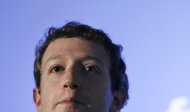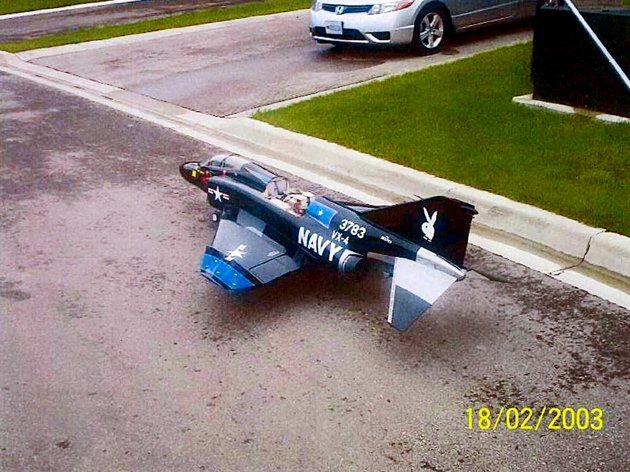Vitamins and minerals are essential to health, but that doesn't mean that megadoses will keep you out of the hospital or make you live longer. Some may be harmful. In most cases, it's preferable to get these nutrients from a balanced diet. Here's the lowdown on eight common supplements — most of which you probably don't need.
High doses of certain vitamins and minerals may be appropriate for certain people, though. Talk to your doctor about supplements if you are a woman of childbearing age, are a vegetarian or vegan, have limited exposure to the sun, are an athlete in training, or suspect for any reason you may be malnourished.
1. Beta-Carotene
Best food sources
Carrots, spinach, kale, cantaloupe
Why you may be taking it
As an antioxidant, especially to prevent cancer.
What you should know
Beta-carotene supplements increase the risk of lung cancer in smokers. There is no evidence that they prevent any other form of cancer.
Do you need it?
Don't take it *Recommended dietary allowances for healthy adults are listed; they may be lower or higher for children, women who are pregnant or nursing, the elderly, and other groups.
PLUS: 11 Red Flag Words on Packaged Foods
2. Folic Acid
Best food sources
Fortified bread and breakfast cereal, legumes, asparagus
Why you may be taking it
To prevent birth defects.
What you should know
Supplements reduce the risk of neural tube defects in newborns. However, some doctors say supplementation of food with folic acid could be fueling rising rates of colon cancer.
Do you need it?
Only women who are pregnant or may become pregnant are advised to take it.
PLUS: How Fat Makes You Smarter
3. Selenium
Best food sources
Brazil nuts, tuna, beef
Why you may be taking it
To prevent cancer, especially prostate cancer.
What you should know
One 2007 study found a 50% increased risk of type 2 diabetes in people who took 200 micrograms a day. A major study will determine whether selenium supplements prevent prostate cancer, but it won't be completed until 2013.
Do you need it?
Don't take it.
4. Vitamin B6
Best food sources
Baked potatoes, bananas, chickpeas
Why you may be taking it
To prevent mental decline and lower homocysteine levels.
What you should know
Two studies failed to show cognitive benefits. B6 does reduce homocysteine, but it's not clear whether this prevents heart attacks.
Do you need it?
Take it only if your doctor recommends it.
PLUS: 13 Things You Should Know About Farmers' Markets
5. Vitamin B12
Best food sources
Fish and shellfish, lean beef, fortified breakfast cereal
Why you may be taking it
To prevent age-related mental decline and boost energy.
What you should know
Vitamin B12 deficiency, which can cause anemia and dementia, is a problem for some seniors, so supplements can help. However, high doses of B12 have not been proven to prevent cognitive loss, nor do they boost energy.
Do you need it?
Take it only if your doctor recommends it.
6. Vitamin C
Best food sources
Citrus fruits, melons, tomatoes
Why you may be taking it
To prevent the common cold. Also as an antioxidant to help fight cancer or heart disease.
What you should know
A review of 30 clinical trials found no evidence that vitamin C prevents colds. Exceptions: It may reduce the risk in people who live in cold climates or experience extreme physical stress, such as running marathons. Smokers may need extra vitamin C. High doses of vitamin C do not seem to prevent cancer or heart disease.
Do you need it?
Most people don't need C supplements.
News from - http://shine.yahoo.com/channel/health/vitamins-the-good-the-bad-and-the-useless-2572050/
High doses of certain vitamins and minerals may be appropriate for certain people, though. Talk to your doctor about supplements if you are a woman of childbearing age, are a vegetarian or vegan, have limited exposure to the sun, are an athlete in training, or suspect for any reason you may be malnourished.
1. Beta-Carotene
Best food sources
Carrots, spinach, kale, cantaloupe
Why you may be taking it
As an antioxidant, especially to prevent cancer.
What you should know
Beta-carotene supplements increase the risk of lung cancer in smokers. There is no evidence that they prevent any other form of cancer.
Do you need it?
Don't take it *Recommended dietary allowances for healthy adults are listed; they may be lower or higher for children, women who are pregnant or nursing, the elderly, and other groups.
PLUS: 11 Red Flag Words on Packaged Foods
2. Folic Acid
Best food sources
Fortified bread and breakfast cereal, legumes, asparagus
Why you may be taking it
To prevent birth defects.
What you should know
Supplements reduce the risk of neural tube defects in newborns. However, some doctors say supplementation of food with folic acid could be fueling rising rates of colon cancer.
Do you need it?
Only women who are pregnant or may become pregnant are advised to take it.
PLUS: How Fat Makes You Smarter
3. Selenium
Best food sources
Brazil nuts, tuna, beef
Why you may be taking it
To prevent cancer, especially prostate cancer.
What you should know
One 2007 study found a 50% increased risk of type 2 diabetes in people who took 200 micrograms a day. A major study will determine whether selenium supplements prevent prostate cancer, but it won't be completed until 2013.
Do you need it?
Don't take it.
4. Vitamin B6
Best food sources
Baked potatoes, bananas, chickpeas
Why you may be taking it
To prevent mental decline and lower homocysteine levels.
What you should know
Two studies failed to show cognitive benefits. B6 does reduce homocysteine, but it's not clear whether this prevents heart attacks.
Do you need it?
Take it only if your doctor recommends it.
PLUS: 13 Things You Should Know About Farmers' Markets
5. Vitamin B12
Best food sources
Fish and shellfish, lean beef, fortified breakfast cereal
Why you may be taking it
To prevent age-related mental decline and boost energy.
What you should know
Vitamin B12 deficiency, which can cause anemia and dementia, is a problem for some seniors, so supplements can help. However, high doses of B12 have not been proven to prevent cognitive loss, nor do they boost energy.
Do you need it?
Take it only if your doctor recommends it.
6. Vitamin C
Best food sources
Citrus fruits, melons, tomatoes
Why you may be taking it
To prevent the common cold. Also as an antioxidant to help fight cancer or heart disease.
What you should know
A review of 30 clinical trials found no evidence that vitamin C prevents colds. Exceptions: It may reduce the risk in people who live in cold climates or experience extreme physical stress, such as running marathons. Smokers may need extra vitamin C. High doses of vitamin C do not seem to prevent cancer or heart disease.
Do you need it?
Most people don't need C supplements.
News from - http://shine.yahoo.com/channel/health/vitamins-the-good-the-bad-and-the-useless-2572050/





